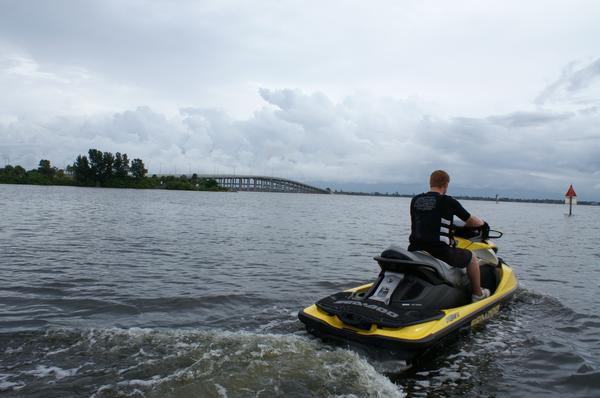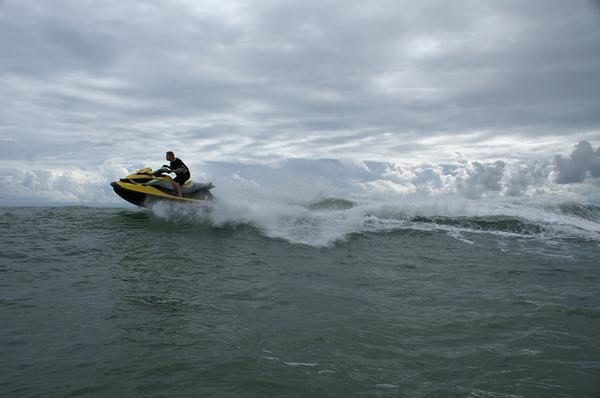Right about now, I’m reeeally hating my computer. It’s a 5-year-old Apple MacBook Pro with the 15-inch screen. I bought a few years ago from a highly reviewed guy here locally in Nashville, Tennessee, who buys, cleans and refurbishes Apple products and flips them on Craigslist. The laptop came with both extra memory card slots filled with updated cards, and at the time, was easily the fastest computer I had ever owned.
Yet, as time rolled on, I quickly filled the hard drive’s usable memory with video, photography and just a whole lot of iTunes music. Today, I’ve got two portable hard drives hosting all of my media; in fact, I’m operating with about 70-percent of the computer’s hard drive completely vacant – but damn if this thing isn’t running slower than ever. Browser windows lock up, downloading images from Apple Photos or transferring from one of the portable hard drives to the desktop always takes forever.
 It’s a nightmare. And it all started to go down after last Mojave MacOS update. (More on that in a second.)
It’s a nightmare. And it all started to go down after last Mojave MacOS update. (More on that in a second.)
The big seller for owning anything from Apple is the convenience. “Oh, they’re so convenient!” everybody says. “Everything syncs right up to each other!” “All of your Mac products will share the same photos, music and other stuff!” Yeah, yeah, yeah. I know. I swallowed the bait hook, line and sinker. And yes, I do prefer Apple over a PC for many of these same reasons. Yet, relinquishing all of that hands-on control (endemic to owning a PC) in favor of predesignated convenience also has its drawbacks – most notably, I am now a slave to Apple’s whim.
Think that sounds ridiculous? I’ve got monthly fees feeding two iCloud accounts (personal and work), an iTunes account that taps into my bank account effectively mainlining new music into my veins like an IV, an Adobe Suite monthly fee (not Apple per se, but a crappy decision by Adobe to sell “subscriptions” to their software instead of selling the suite itself), and much more of the same. My accounting spreadsheet looks like a leaky dam, with cracks and fissures springing tiny revenue streams. And all for the sake of convenience.
A little over a year ago, Apple was slapped with a class action lawsuit after the tech giant admitted to slowing down older iPhones. It was widely believed that the company was doing the same with its laptops. Known within the tech industry as “planned obsolescence,” the practice basically hinders the operating speed, capacity and functions of existing hardware (computers, laptops, smartphones, etc.) to make the newest products look favorable. Certainly not a practice unique to Apple, the policy of intentionally planning or designing a product with an artificially-limited usefulness is, by almost all accounts, nefarious at the least.
Shortly after my 5-year-old MacBook Pro was sold as new, Apple decided to do away with traditional disc-style drives (or Small Computer System Interface (SCSI)) and go with Solid State Drives (SSD). And the move made sense to most; SSDs produced less heat, almost zero noise, and were less prone to failure due to vibration, impact or jolting. This upgrade almost instantaneously outdated my then one-year-old laptop. All service centers (including Apple’s own Genius Bar) were told to push the new laptops instead of repairing “outdated” units. This eventually trickled down into smaller specialty shops.
Now I’m stuck with a dinosaur; a laptop nobody either wishes to, has the parts or even knows how to repair. And now we see how planned obsolescence is great for the investors but horrible for the consumer. I mention this because the same can be seen in even our own personal watercraft industry. Innovations, technologies and materials that make for great marketing fodder often don’t survive longer than a few years at best, and consequently leave consumers scratching their heads as to how to maintain their investment.
When first introduced, Sea-Doo’s awesome 2009 RXT iS 255 (and the equally-equipped GTX Limited iS 255) were absolutely revolutionary. Not only because of their use of a first-generation iBR (Intelligent Brake & Reverse) but in my mind, for the perpetually-self adjusting Intelligent Suspension system. In its nascent form, iS would automatically throttle the coil spring tension depending on the undulation of the water. If the shock was compressing and expanding in long throws, a threaded chuck would spool up, tightening the coil. If the system read sharp, shallow and quickly-repeating jolts, the chuck would unwind, softening the blows. Frankly, I absolutely loved it – and I know I’m not the only one.
Besides being incredibly advanced, it was also expensive to repair (both in parts and labor) and the problem was that needed repair often. It didn’t take long for Sea-Doo to wisely phase the iS option out from the roster, which was really a shame because when iS worked, it worked great. (Manual versions of iS, such as aS and S lasted slightly longer.) Yet, that is the downside to innovation; hardly ever is the first draft ever perfect and that means previous iterations will be outdated. Sea-Doo is currently on its third version of iBR since first testing the prototype that August morning in Quebec so long ago. Forward progress leaves much in its wake.
Thankfully, unlike my MacBook Pro, nobody at Sea-Doo or elsewhere, is conspiring to build watercraft with built-in expiration dates. Yes, today’s machines will be outdated with newer, more impressively innovative products in the future, but not at the cost of purposefully alienating the consumer. Yes, certain parts are designed to be consumable (wear rings, props, etc.) the same as the tires and brake pads on your car. That’s not the same as planned obsolescence. That’s simply wear and tear. Now, if the day comes that we have to upload new operating software for our PWC via WiFi, we might be having a different conversation.
Go Get Wet,
Kevin













